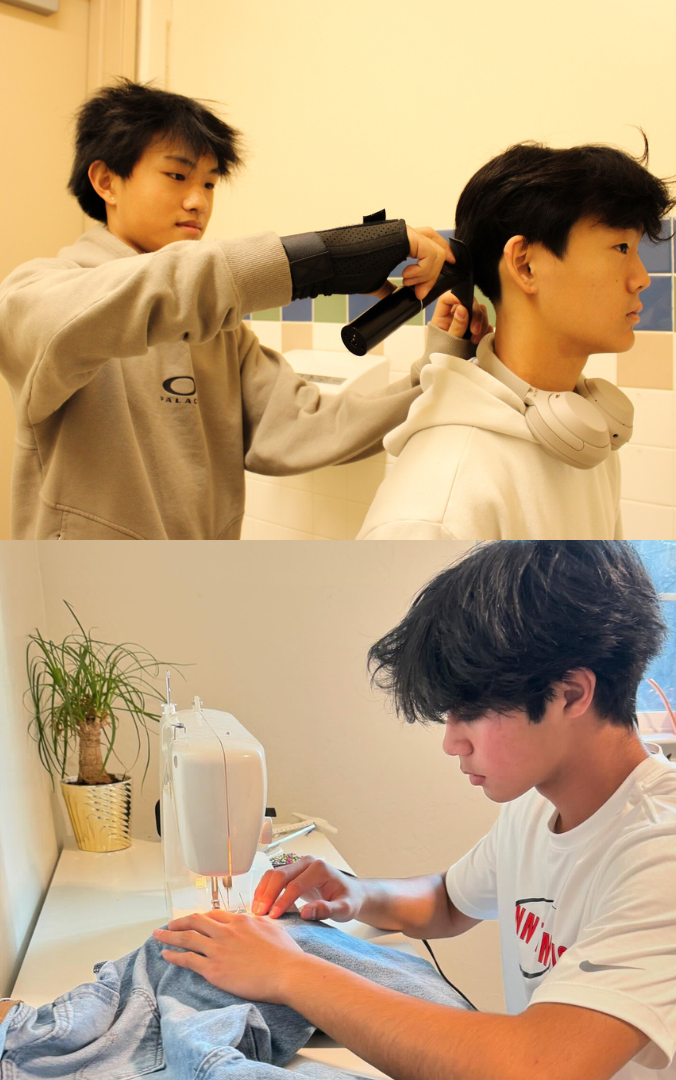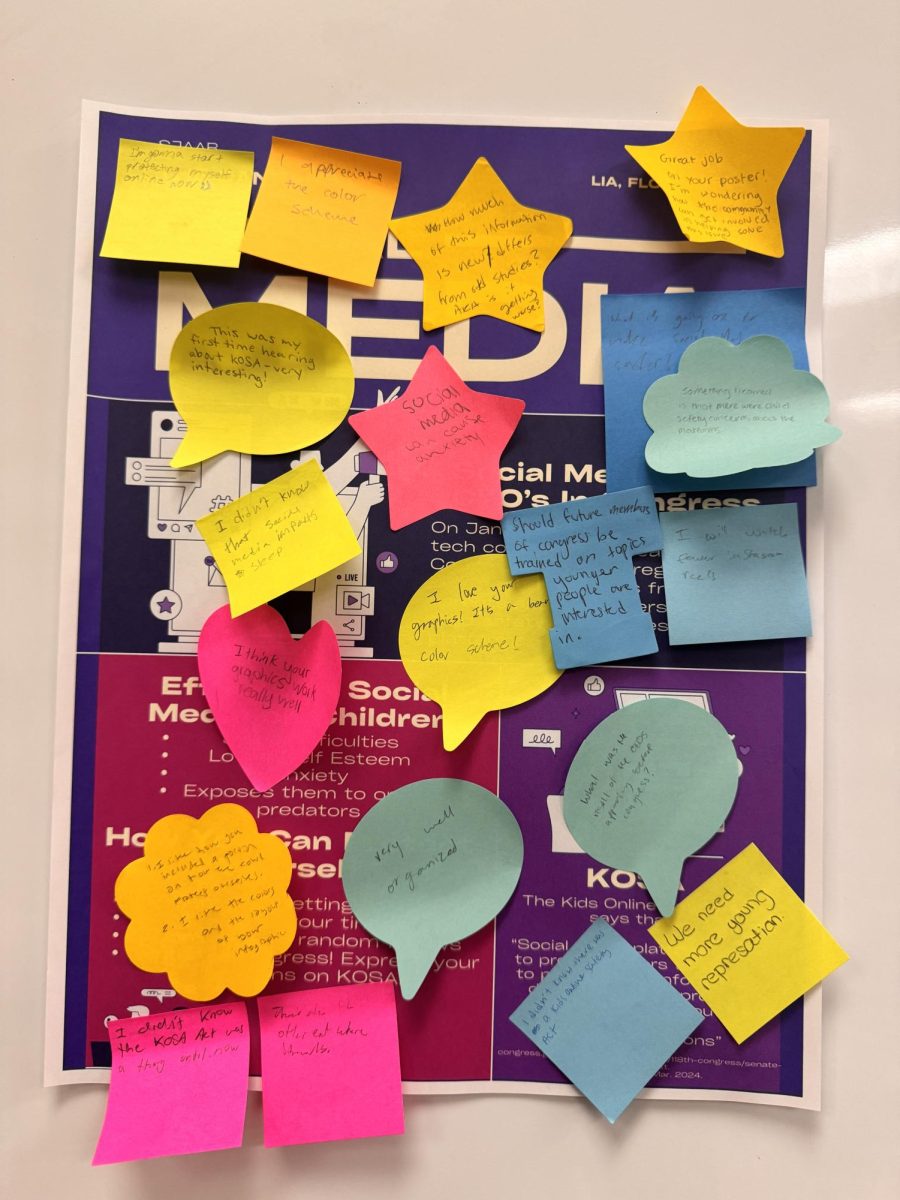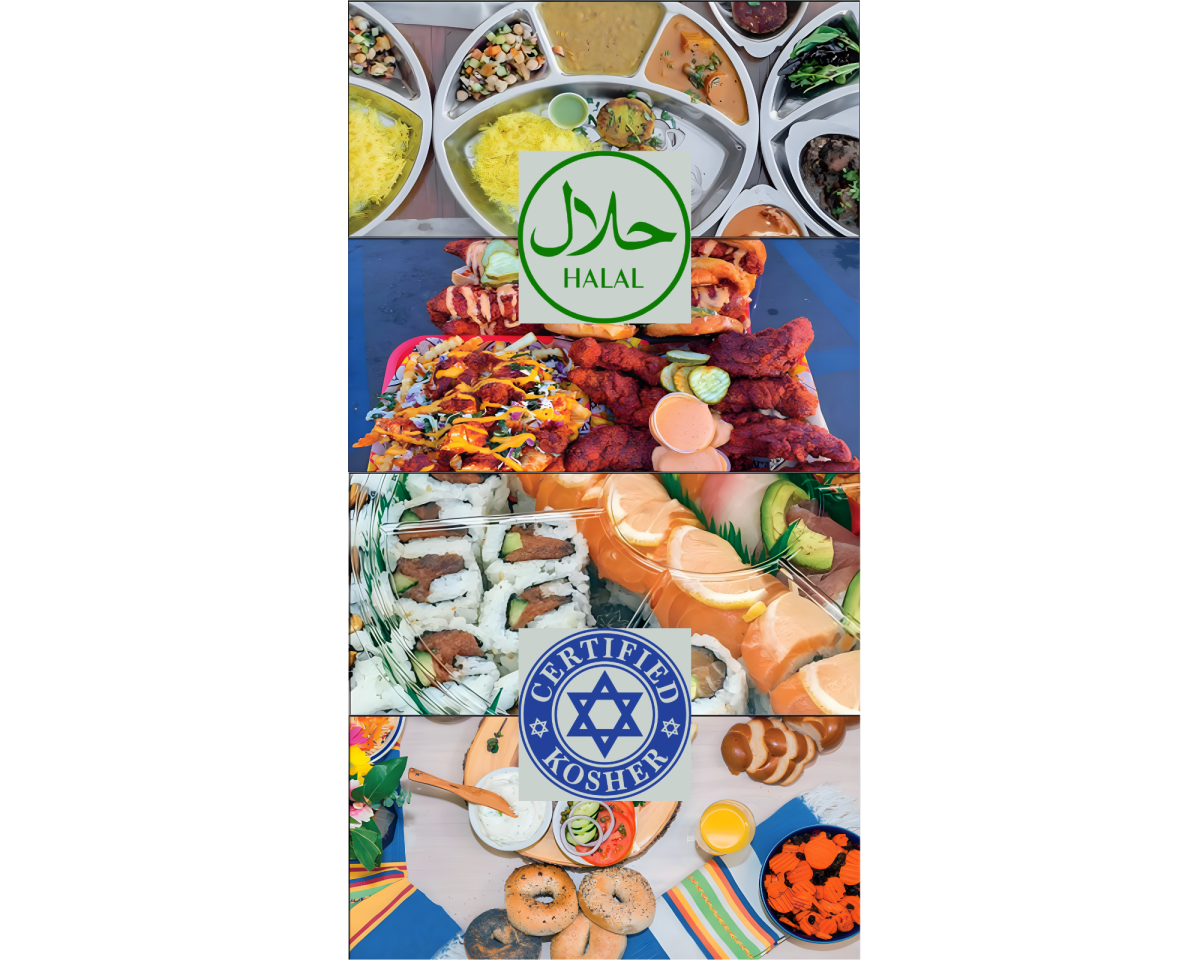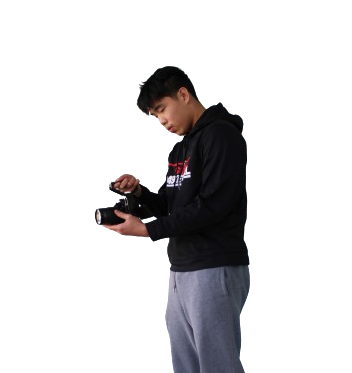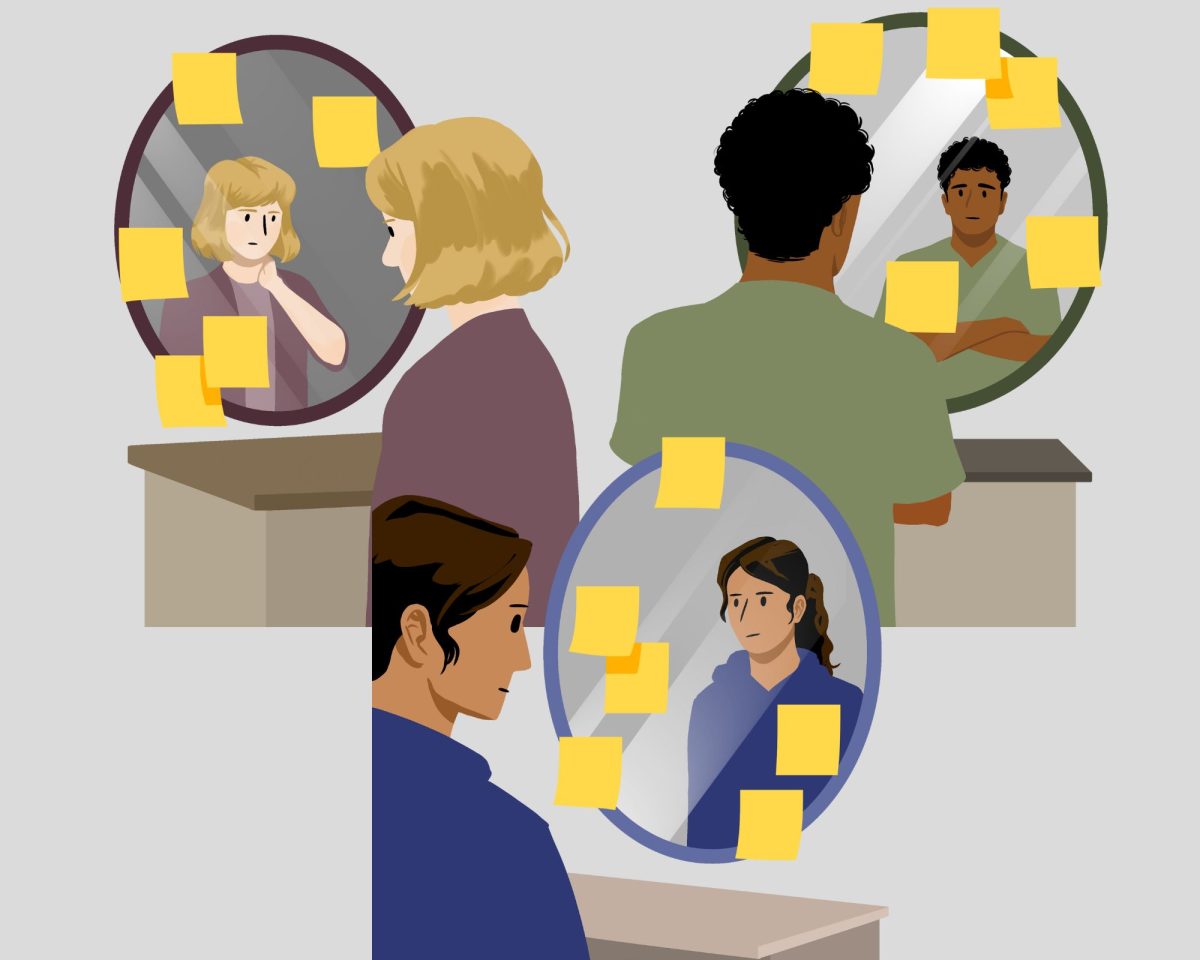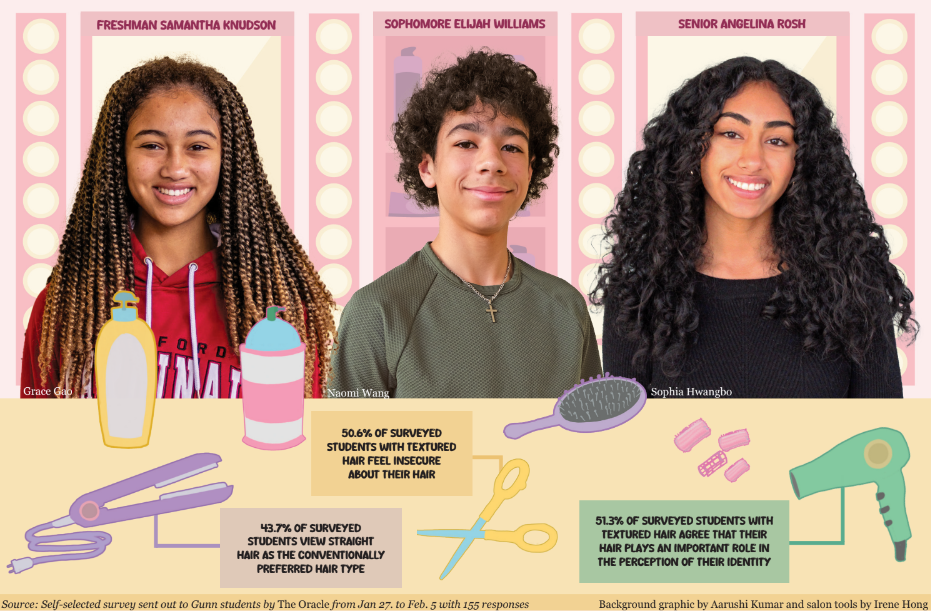Written by: Rebecca Alger
Monday—Entering the Arena
I was excited to try something new and challenging that I didn’t have any prior experience with. I started with a bowl of plain oatmeal with half a banana for breakfast, which kept me full all the way until lunch. Lunch was a peanut butter sandwich and baby carrots. I got hungry in the afternoon so I ate one of the hard-boiled eggs I made on Sunday evening after I came home from my trip to the grocery store. Dinner consisted of plain brown rice with some more baby carrots and another egg for protein.
Tuesday—Making Camp
Day Two was a lot harder than I had expected. I live off caffeine—particularly coffee—so after staying up a good part of the night to study for my Art History exam, I wasn’t feeling too great. Breakfast, lunch, and dinner all ended up being the same for simple lack of resources. I did cheat right before my exam though with a granola bar from the vending machines, but I think I can chalk that up to nothing more than a sacrifice for my future.
Wednesday—Fighting for My Life
I ended up sleeping about ten hours Tuesday night, which if you ask any second semester junior, is quite a bit. I could have been tired from staying up late the night before, but I think part of my lethargy was due to not getting the same amount of fruits and vegetables that I normally get. I had oatmeal once again because that was the only food that I specifically allocated for my five days over the challenge. I got a break from my peanut butter sandwich with a hot cup of creamy soup. Dinner was—you guessed it—brown rice and carrots.
Thursday—Struggling for Survival
The fourth day of the challenge was probably the hardest. My oatmeal spilled and made a mess in the microwave and my third peanut butter sandwich of the week got smashed to smithereens in my bag, so I didn’t end up eating much. After school a few of my friends were going out for lunch, but of course since I was on the challenge, I went home instead of sitting there and watching them eat. The majority of us at Gunn don’t have to worry about going out for lunch every once in a while because we have the money, but it is a real problem for a lot of people that can make them feel even more isolated.
Friday—Light at the End of the Tunnel
I woke up excited for the last day of the challenge, hoping to maybe try and make something exciting for breakfast with the rest of my food. After I looked in my basket of food for the week though, that plan went completely out the window. There really isn’t much you can make with some peanut butter, eggs, bread, and rice—at least not anything even slightly scrumptious. Despite my inability to cook up something new, I made it through the rest of the day without a problem.
—
Just because Macklemore can get away with “poppin tags” at the thrift store doesn’t mean that the rest of America can get away with ripping price tags off the food at their local grocery store. Instead, 15 percent of Americans depend on food stamps to help maintain their family’s livelihood.
As of March this year, 47.8 million Americans rely on the Supplemental Nutrition Assistance Program (SNAP)—one out of every seven people. California has the second highest number of monthly participants, a total of 3.96 million adults and children. Enrollment in SNAP has surged 70 percent since 2008, mostly due to the recession. Unfortunately, just because the unemployment rate is slowly but surely shrinking, the number of people living below the poverty line isn’t decreasing at the same rate. Despite the number of people who rely on SNAP, the House Agriculture Committee may cut $2.5 billion a year from the $80 billion program.
In honor of California’s Hunger Action Day on May 17, I took part in the food stamp challenge for five days. The average American on food stamps only receives $4 per day for their three meals so people across the country take the challenge to spend the same amount of money on food that people on food stamps have. Hundreds, if not thousands, of people have taken part in order to educate themselves and their communities about poverty and hunger in our own backyard.
The day before the challenge I headed over to Safeway, where I figured I would be able to find better deals compared to Palo Alto’s popular Whole Food Market and Piazza’s. The trip took a lot longer than I was expecting it to because I was forced to calculate exactly how much each item would take out of my budget. Typically when I go shopping, I have the luxury to be more spontaneous and lax with my money, particularly when it comes to foods such as fruits and vegetables.
Unfortunately, my math was off by about three dollars once I got to the check-out, so I had to take items out of my bags when the cashier told me my total. Not only was I embarrassed that I couldn’t pay, but the faces of the tired, exasperated cashier and line of people behind me sure didn’t help my comfort level either. I can only imagine the kind of shame families who go through this situation on a regular basis feel.
Throughout the week, I got much more tired and irritable than normal due to the fact that I was eating the same bland foods everyday. And despite my best intentions, I most certainly didn’t get the daily recommended five servings of fruits and vegetables. Normally I eat a lot of fruit, but it seemed more important to buy foods like peanut butter and eggs that would keep me full longer.
Near the end of the challenge, I started thinking about what I would get to eat once I finished the challenge. It wasn’t until then that I realized that the end had always been in sight for me—it’s easy to get through tough days when you know next week will be different. That’s not possible for those who are actually on food stamps.
I’m positive that living on four dollars a day for less than a week cannot even begin to compare to what real people working for minimum wage and living below the poverty line actually go through, but it certainly made me much more grateful for all that I have. You can read about people in the news, but it’s hard to make a personal connection to a situation until you’ve at least attempted to walk in that person’s shoes.


